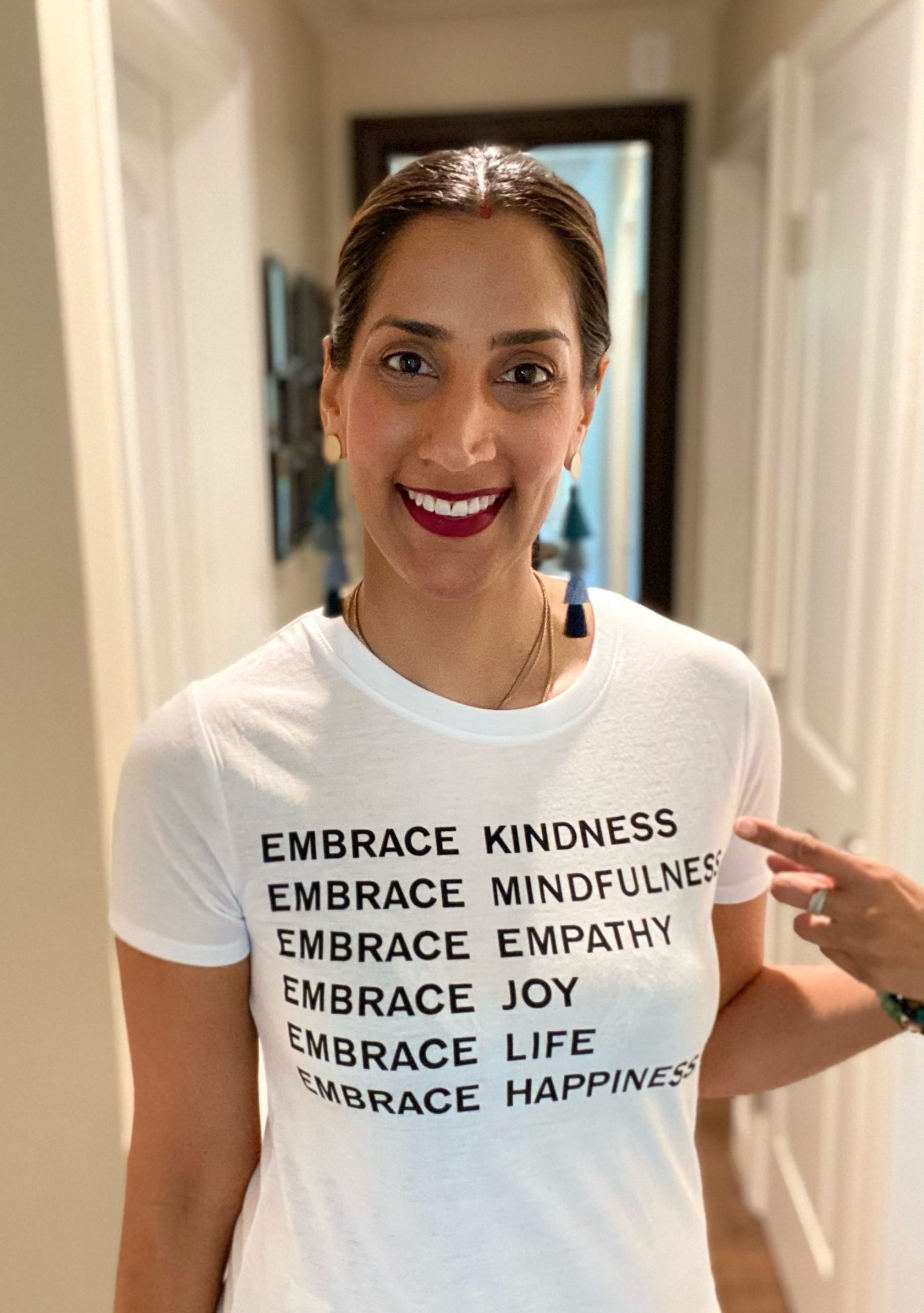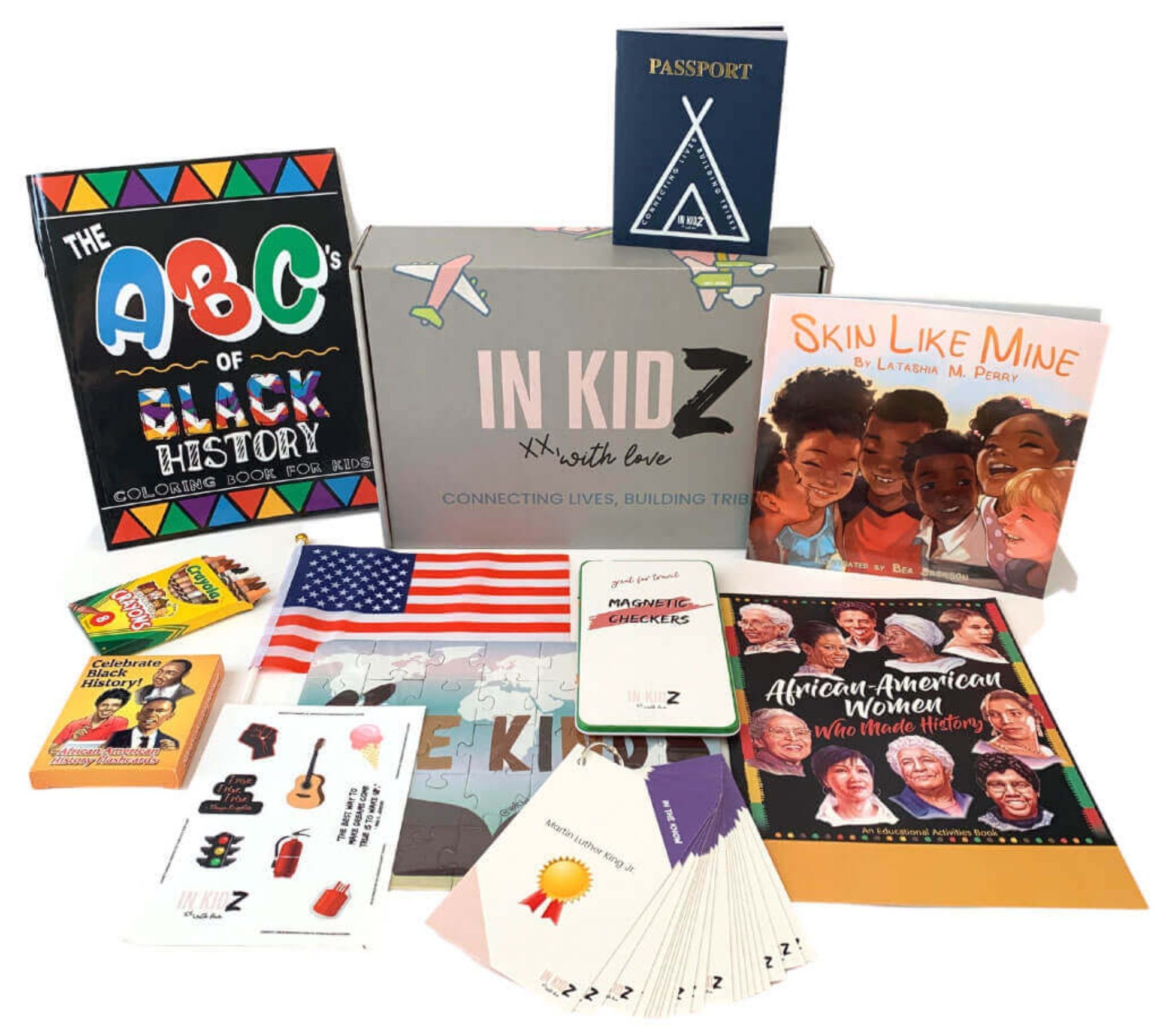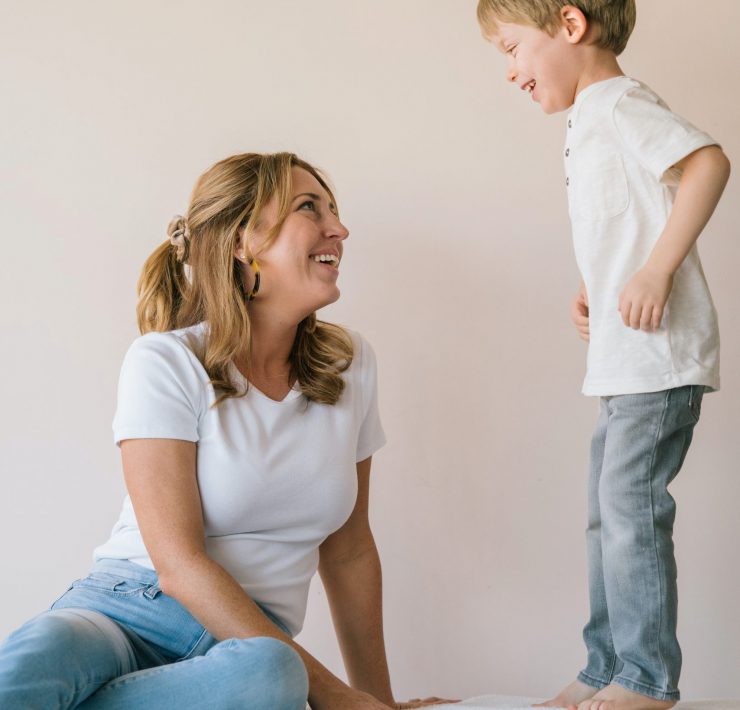
“If you don’t have these conversations with your children, you leave their cultural education to be formed by what they see in the media and learn from their peers.”
Black History Month is over and for many non-Black children, it marks the end of their diversity education for the year. We are honored to partner with Dr. Zabina “Zee” Bhasin, MD, a child psychiatrist, diversity expert and founder of In KidZ, to offer strategies for teaching diversity and inclusion at home, all year round.
“If you don’t have these conversations with your children, you leave their cultural education to be formed by what they see in the media and learn from their peers,” Dr. Zee explains. “It leaves them to be exposed to close-minded or discriminating opinions and assume them to be correct behavior. If we want to live in a world where diversity is a high priority, we need to start the conversation at home.”
Providing children with a diverse environment takes effort. The reality is that most of us, no matter what color we are, live in neighborhoods and attend schools that are full of people who look like us. We surround ourselves with friends who celebrate the same holidays we do. At the very least, parents have a responsibility to prioritize diversity at home and stop relying on schools to be the sole providers of Black history education. “America’s schools system tends to only cover certain parts of our country’s history,” explains Dr. Zee. “Some educational institutions have decided to bury Black people’s past because they find the subjects either too difficult to talk about or too intimidating to navigate. No one has suffered more from the erasure of their history than the Black men and women in America.“
In KidZ has curated a Black History box to provide parents with introductory materials to help start the conversation. Below, Dr. Zee shares her tips on how parents can expand their diversity discussions at home.

Start Young
The earlier you begin talking about diversity, the better. Fill your child’s library with books about people who have a different skin color than they do. Provide books full of families who don’t look like yours. Families who live in different parts of the world and celebrate different holidays. Provide your children with media that not only reflects their image but represents others. My daughter is learning to hula dance because of her love of Moana. She’s always enjoyed dance, and it’s given her the opportunity to appreciate — not appropriate – a different culture through her creativity.
Point Out Differences
Parents and educators often focus on the similarities between groups as a way to teach tolerance and unity, but it’s essential to talk about our differences in order to foster an appreciation for them. The differences in our thoughts, conversations, experiences, and even foods are what make the world a better place. Acknowledge and celebrate our differences!
Diversify Your Toybox and Bookshelf
If every Barbie in your child’s toybox is white, and every superhero they are exposed to is white, how are you providing them with a world that reflects diversity?
By the same token, if your child attends Jewish day school, and all of your family friends practice Judaism, and the only public figures you celebrate in your home are those who are Jewish, how are you providing your child with a world that reflects diversity?
Make the effort to provide toys and stories and superheroes from diverse backgrounds. Provide your child with crayons and colored pencils that represent all skin colors. Read books about influential Black Americans that are seldom talked about in school.
Teach Inclusion Through Play
Think about teaching diversity the same way you would teach your child to share. If you’re the parent of siblings, you’ve likely already had to confront the importance of inclusivity. Go beyond the idea of merely sharing blocks and initiate a conversation about making sure everyone in the group receives an equal share. Talk to them about how some people are more likely to be left out because they look different from everyone else in the group and teach them the importance of making an effort to include those children.
Teaching diversity is not so different from teaching kindness. Encourage your child to always listen intently, ask thoughtful questions, and show respect to people who have different from theirs.
Zabina Bhasin is a physician, mom of two, and founder of In Kidz -- a lifestyle brand dedicated to empowering children with cultural awareness. You can find her at inkidzco.com.
Jessica Butler is the co-founder of Raise, stepmother of two, and adoptive mother of one. Prior to Raise, she was a writer on USA’s "In Plain Sight" and TNT’s "The Last Ship." She and her husband, writer/producer Warren Bell, co-created the Nick at Nite series "Instant Mom," based on her life as a stepmother. She lives in Los Angeles with her husband and six-year-old son, Levon.






